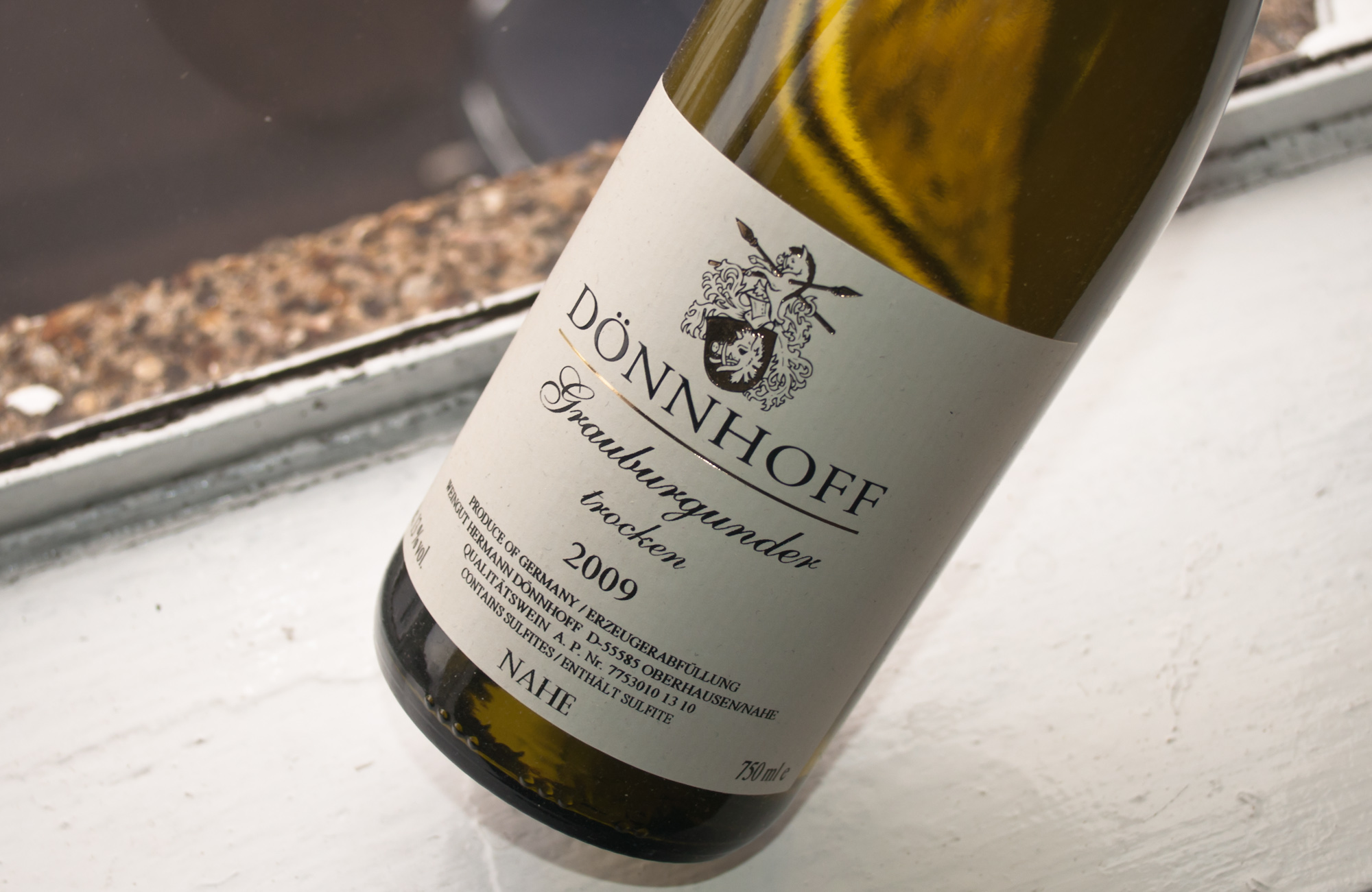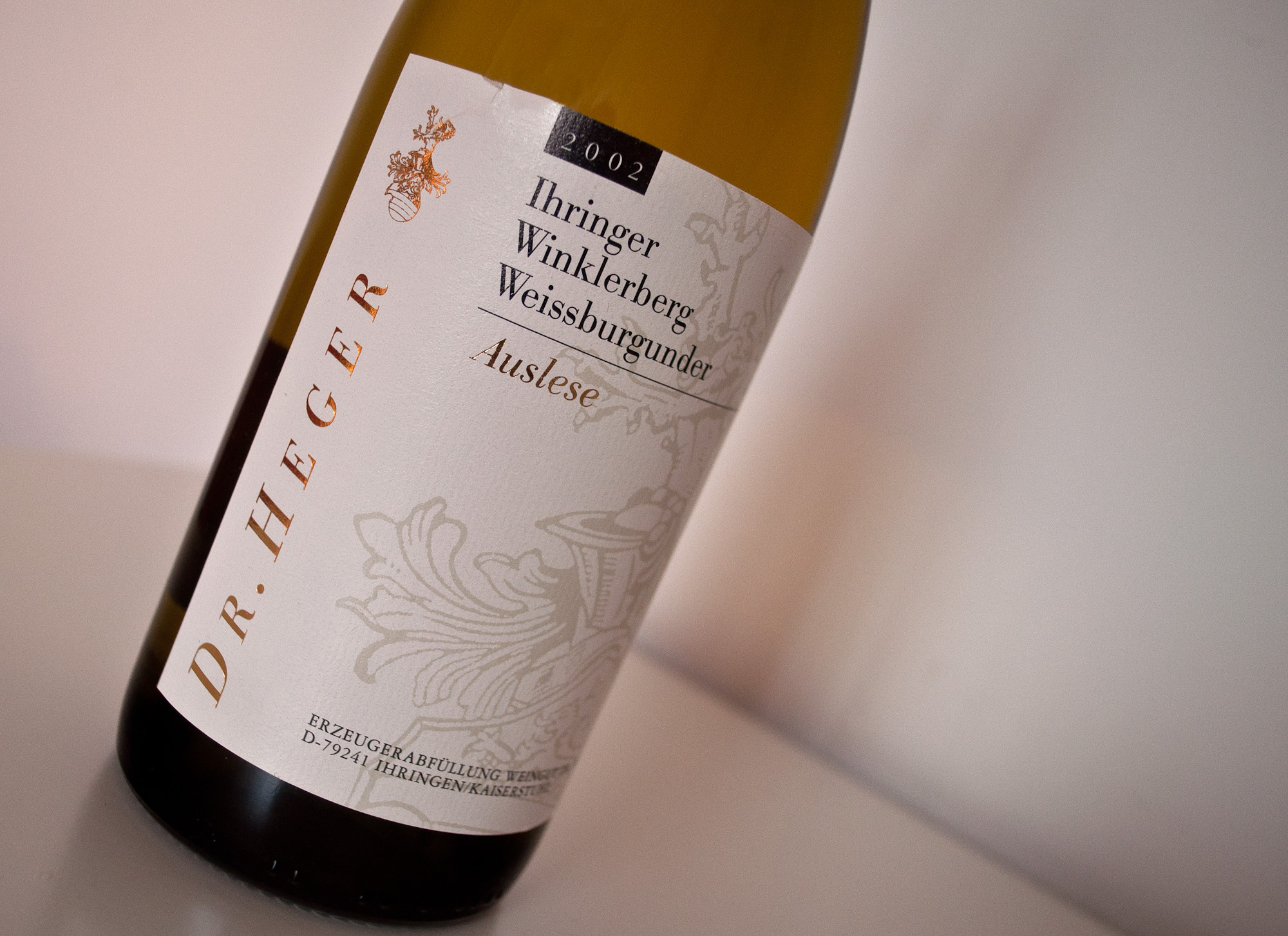J. B. Becker, Eltviller Sonnenberg, Riesling Spätlese, 1988
Contrary to the impression given by my recent confessional posting, I do not generally source my aged Rieslings by going through the neighbours' garbage. Here's one I bought absolutely regularly from a Munich wine shop. J. B. Becker is Rheingau winery known for the uncompromising traditionalism of its winemaking and the longevity of its Rieslings.

So while we are on the topic, I thought another little review may be in order:









